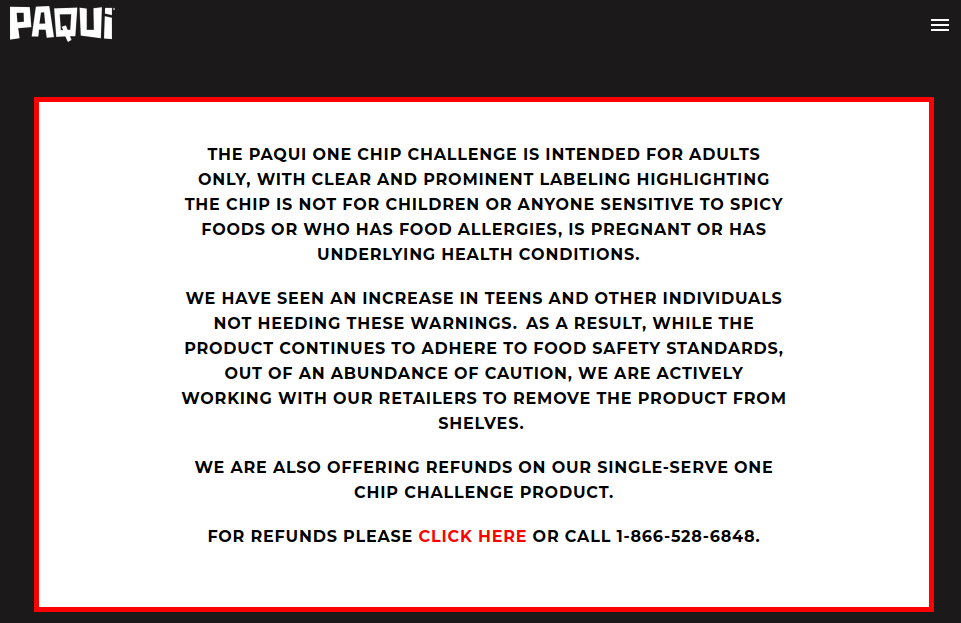Paqui, makers of the One Chip Challenge, are now withdrawing the product worldwide.
Fortunately, this remains available (click image to buy at Amazon).
Pure Cap is my go-to source for heat. It is a pure capsaicin extract in oil and has no taste of its own other than stimulating the heat response. It is rated at 500,000 Scoville heat units (SHU), compared to Tabasco sauce (see the post here on 2022-03-22, “Making Tabasco Sauce”) at 2,500 to 5,000 SHU, varying from batch to batch—thus 100 to 200 times hotter. Having no taste of its own, Pure Cap allows you to adjust the heat of whatever you’re preparing without altering its taste in any way. I use six to eight drops for 2.5 litres of spaghetti sauce made from 1 kg of ground beef. One bottle will last most people a lifetime.
You can always put Pure Cap directly on a tortilla chip if you mourn the loss of the Paqui product at the hands of Safetyland drippynoses.

